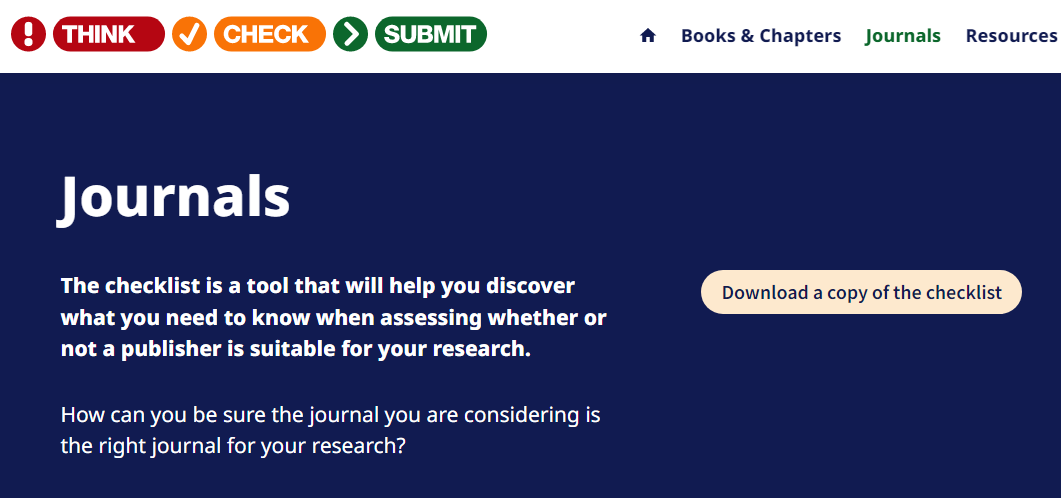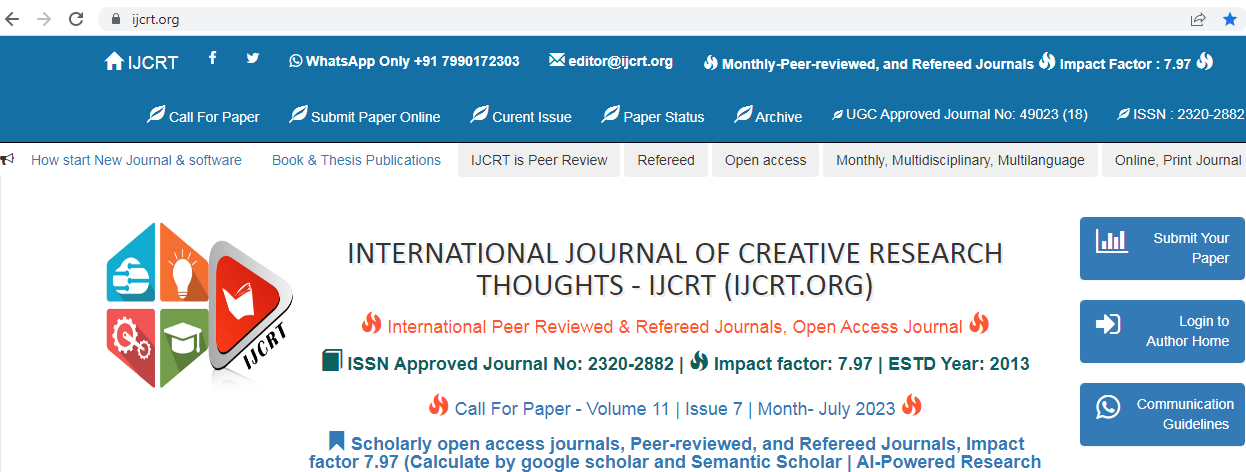List of International Editorial Board Members behind Fake/Bogus Journals
List of International Editorial Board Members behind Fake/Bogus Journals (Image credits: https://theaggie.org/wp-content/uploads/2022/11/Copy-of-Editorial_CAITLYN-SAMPLEY_AGGIE-696x464.jpg ) In this post, we will discuss about the editorial board members behind in the fake/bogus journals. Here, we will be uploading the list of editorial board members with their affiliations (still under investigations) from various fake/bogus journals. Moreover, we will remove the name in the list once your name is removed from the respective fake/bogus journal's editorial board. Hereby we request the editorial board members to withdraw your role from the fake/bogus journals. To remove your name from the list that we have in the following form . International Editorial Board Members might become associated with fake or bogus journals for various reasons, although it's important to note that not all editorial board members are aware of or complicit in predatory journal practices. Here...





